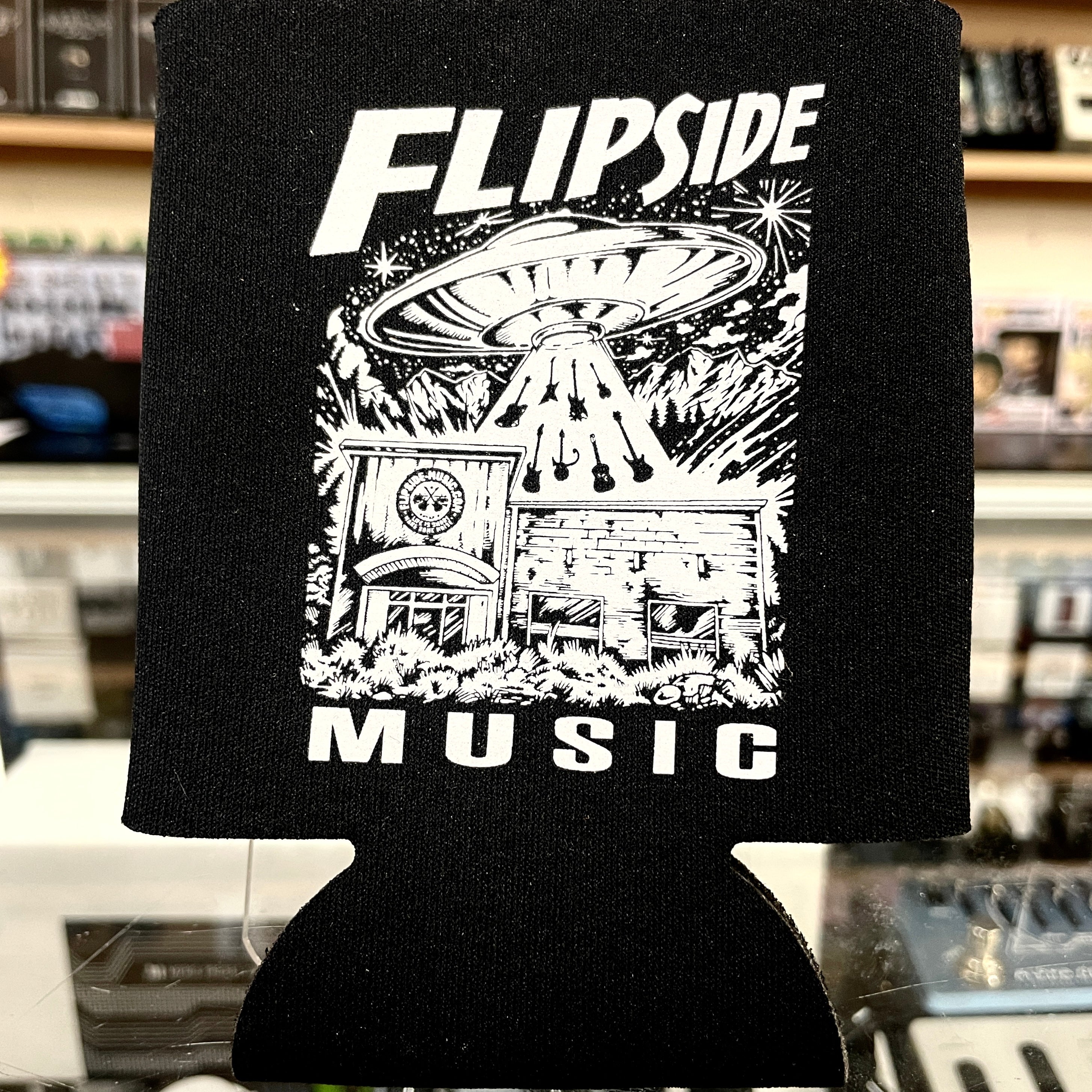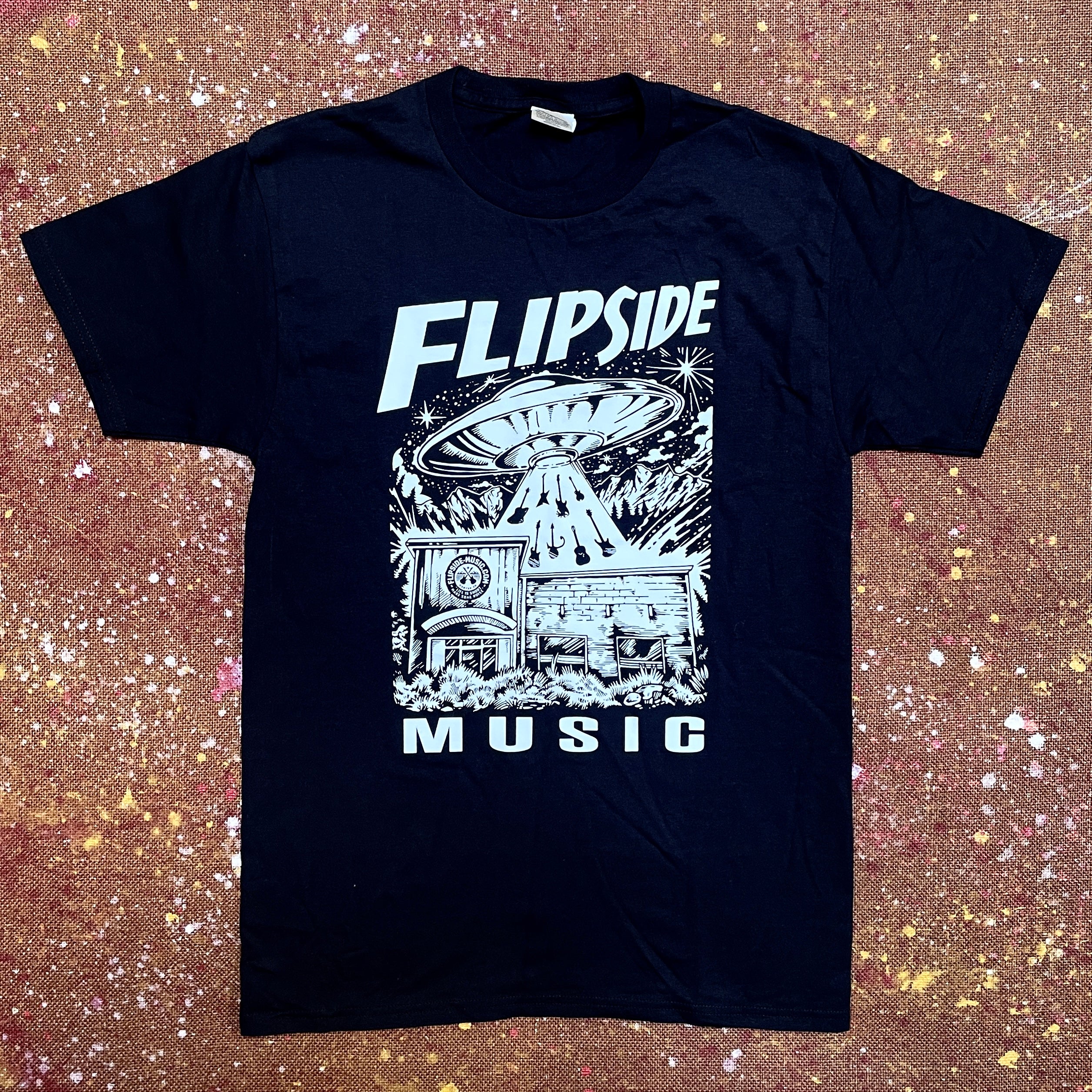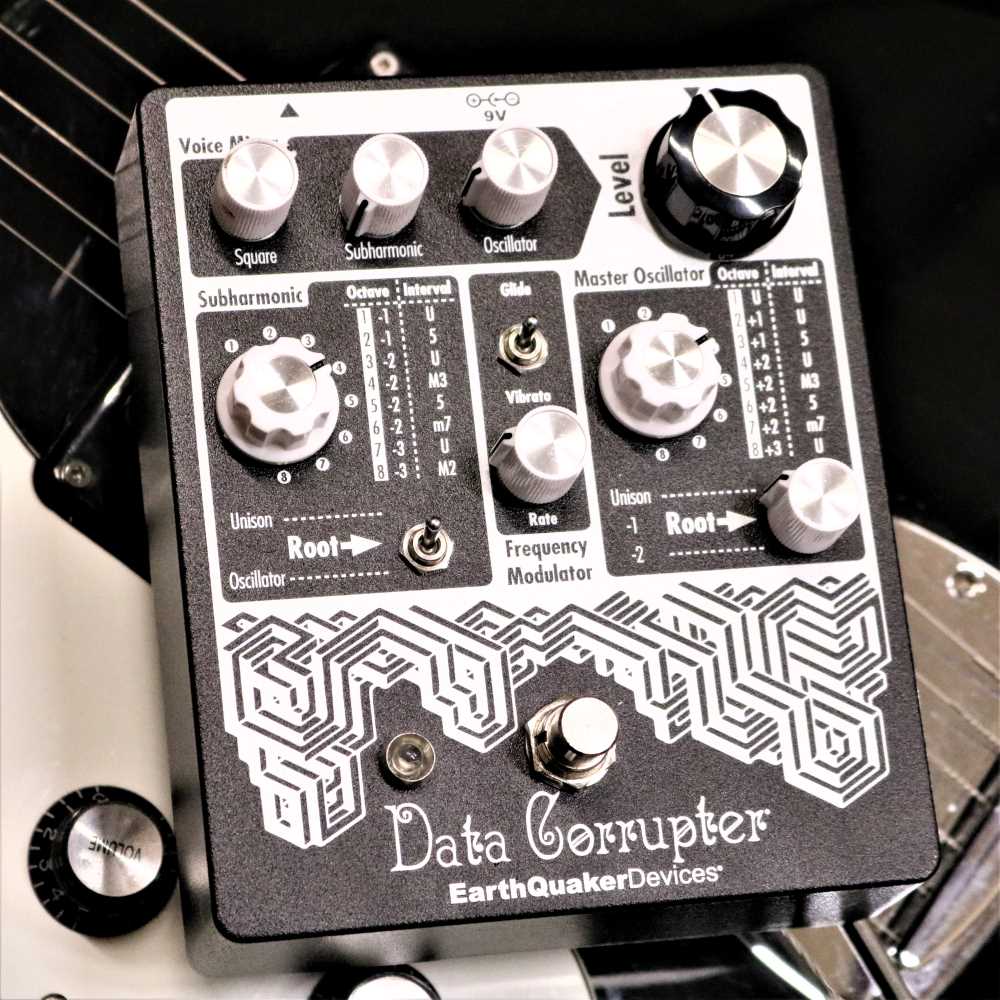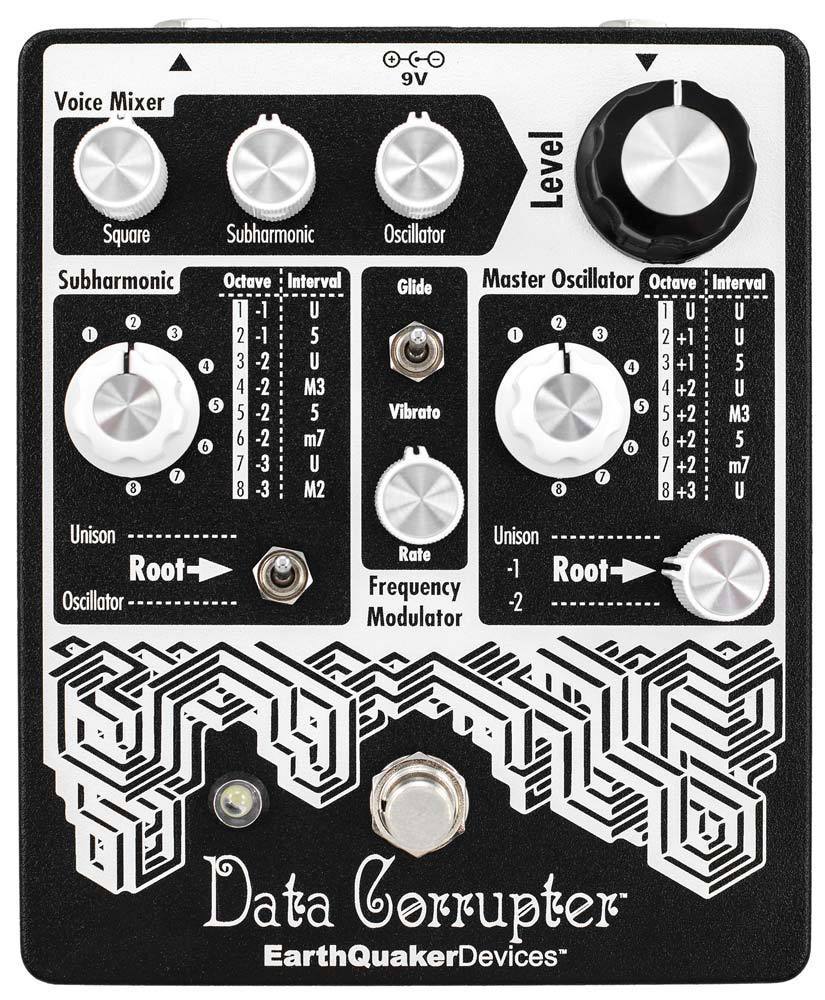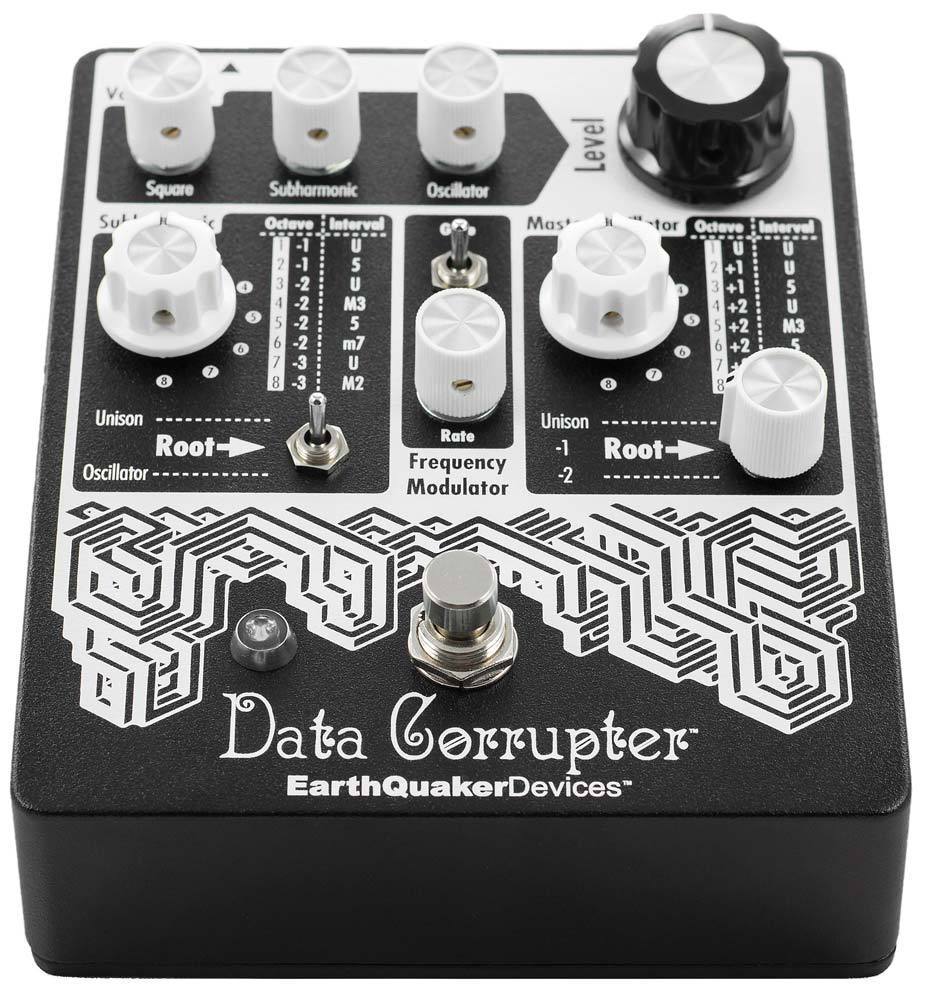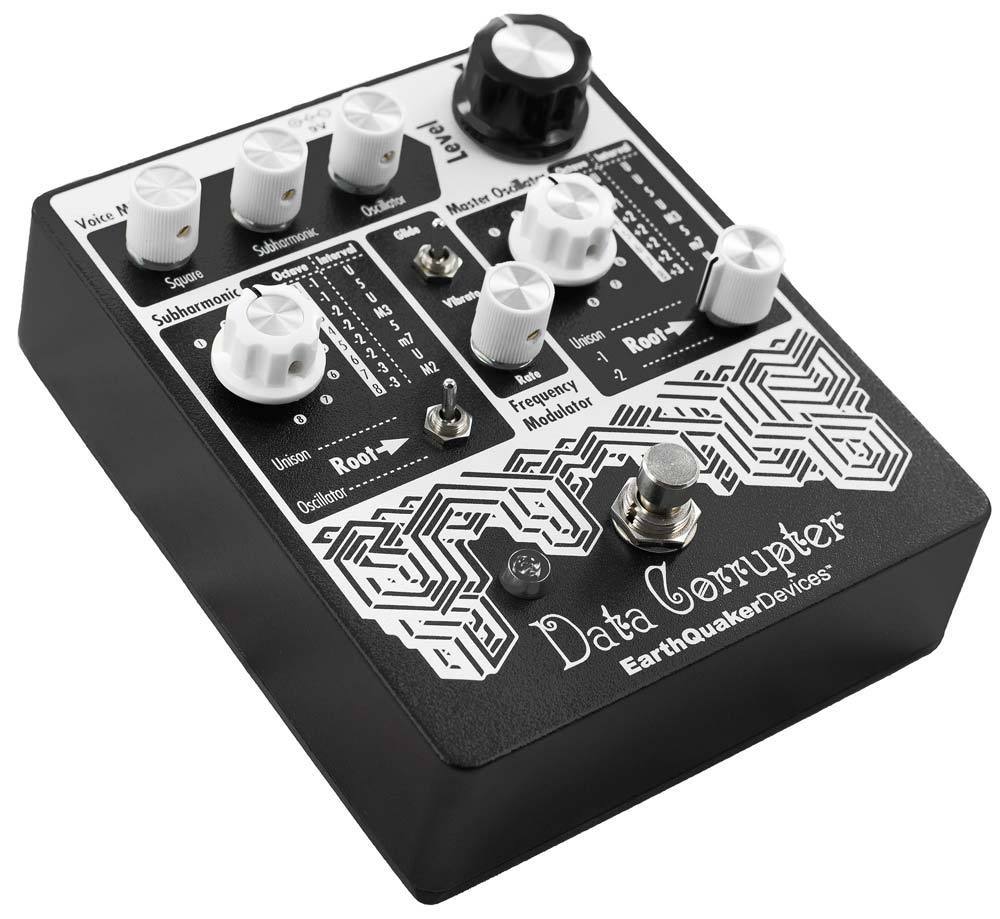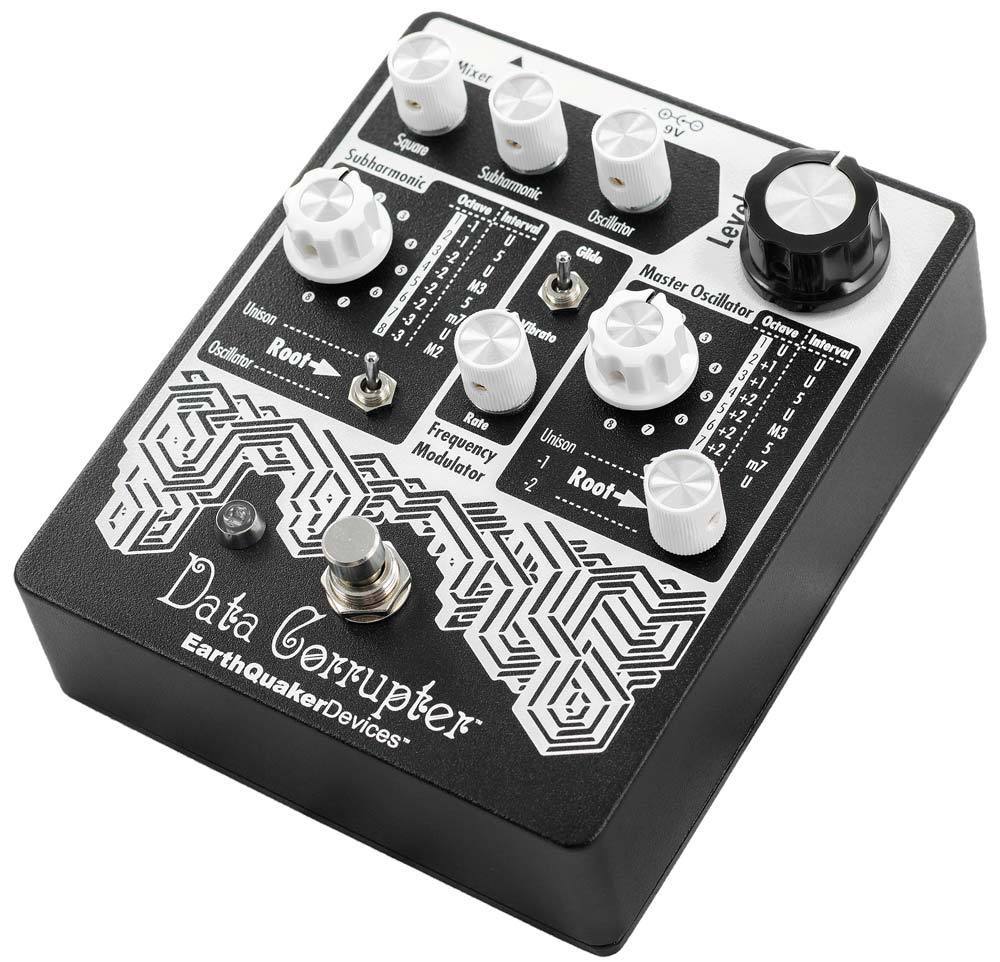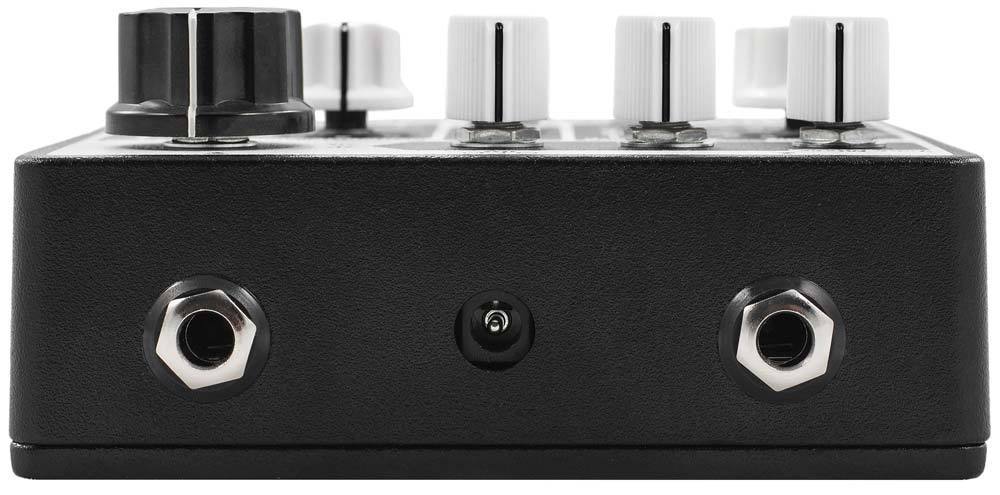Menu
All Effects by type
Used Effects PedalsPreampsBoost & OverdriveDistortionFuzzCompressorsChorus - Vibrato - RotaryPhaser - FlangerDelayReverbOctave - Pitch ShiftersWah - FilterVolume - ExpressionSynths - NoisemakersLoopersUtility - ABY - DI - FootswitchNoise Gates - BuffersMultieffectsInstrument TunersPower Supplies - AccessoriesPedalboards
Shop by Brand
29 PedalsAmpegAnalog Alien BBE SoundBeetronicsBenson AmpsBlack Arts ToneworksBlack HarborBMF EffectsBOSSCaroline Guitar CompanyCatalinbreadCusack MusicDanelectroDarkglass ElectronicsDeath by AudioDiamond PedalsDiezelDunlop ElectronicsDynox PedalsEarthquaker DevicesElectro-HarmonixElectronic Audio ExperimentsErnie BallEventide AudioFenderFredric EffectsFriedman
Shop by Brand (A-C)
920D Custom1981 Inventions29 PedalsAll PartsAlvarez GuitarsAmahi UkulelesAmpeg Bad CatBeetronicsBensonBlack Arts ToneworksBlack HarborBlackstarBMF EffectsBOSS BreedloveCaroline Guitar CompanyCatalinbreadChauvetCharvel GuitarsCherubCIOKSCornerstone Music GearCMG GuitarsCurt Mangan StringsCusack Music
Shop by Brand (D-F)
D'Addario DanelectroDarkglass ElectronicsDeath By AudioDiamond PedalsDiezelDR StringsDr. Z Amplification Dunable GuitarsDunlop AccessoriesDynox PedalsEarthquaker DevicesElectro-HarmonixElectronic Audio ExperimentsErnie BallEVH GuitarsEventide AudioFairfield CircuitryFender FishmanFlipside Music GearFloyd RoseFredric EffectsFriedman Pedals
Shop by Brand (G-M)
G&L GuitarsGator Cases Genzler AmplificationGoodwood AudioGrace DesignGreer Amps & PedalsGretsch GuitarsHarmony GuitarsHenriksen AmpsHenry HellerHeritage GuitarsHipshotHiwattHosaHudson Electronics UKJAM PedalsJackson AudioJackson GuitarsJHSJ. Rockett AudioJOYO Kala UkuleleKeeley ElectronicsKemperKORGKSR AmplificationKyserLawrence Petross DesignsLevy's LeathersLine 6Mad ProfessorMackie
Shop by Brand (M-R)
Shop by Brand (R-S)
Red SoundRevv AmplificationRockboardRocky Mountain Slide Co. Roland Reverend GuitarsRotosoundRYRA Pedals Sadowsky GuitarsSeymour Duncan ShureSoldanoSolidGoldFX SouldierSource AudioSpectorStaggSquierStadium Gig BagsSterling by Music ManStomp Under FootStrukture StrymonSuper7 Action FiguresSupro Surfy Industries
Instrument Brands
Alvarez GuitarsCMG GuitarsDel Toro GuitarsEVH GuitarsFender GuitarsG&L GuitarsCharvel GuitarsESP-LTD GuitarsHarmony GuitarsHeritage GuitarsJackson GuitarsKala UkulelePRS GuitarsRepublic GuitarsReverend GuitarsSpectorSquier GuitarsTagima GuitarsTakamine GuitarsTexas Toast GuitarsWashburn GuitarsVola GuitarsYamaha
Instrument Parts
-
Effects
All Effects by type
- Used Effects Pedals
- Preamps
- Boost & Overdrive
- Distortion
- Fuzz
- Compressors
- Chorus - Vibrato - Rotary
- Phaser - Flanger
- Delay
- Reverb
- Octave - Pitch Shifters
- Wah - Filter
- Volume - Expression
- Synths - Noisemakers
- Loopers
- Utility - ABY - DI - Footswitch
- Noise Gates - Buffers
- Multieffects
- Instrument Tuners
- Power Supplies - Accessories
- Pedalboards
Shop by Brand
- 29 Pedals
- Ampeg
- Analog Alien
- BBE Sound
- Beetronics
- Benson Amps
- Black Arts Toneworks
- Black Harbor
- BMF Effects
- BOSS
- Caroline Guitar Company
- Catalinbread
- Cusack Music
- Danelectro
- Darkglass Electronics
- Death by Audio
- Diamond Pedals
- Diezel
- Dunlop Electronics
- Dynox Pedals
- Earthquaker Devices
- Electro-Harmonix
- Electronic Audio Experiments
- Ernie Ball
- Eventide Audio
- Fender
- Fredric Effects
- Friedman
-
Brands
Shop by Brand (A-C)
- 920D Custom
- 1981 Inventions
- 29 Pedals
- All Parts
- Alvarez Guitars
- Amahi Ukuleles
- Ampeg
- Bad Cat
- Beetronics
- Benson
- Black Arts Toneworks
- Black Harbor
- Blackstar
- BMF Effects
- BOSS
- Breedlove
- Caroline Guitar Company
- Catalinbread
- Chauvet
- Charvel Guitars
- Cherub
- CIOKS
- Cornerstone Music Gear
- CMG Guitars
- Curt Mangan Strings
- Cusack Music
Shop by Brand (D-F)
- D'Addario
- Danelectro
- Darkglass Electronics
- Death By Audio
- Diamond Pedals
- Diezel
- DR Strings
- Dr. Z Amplification
- Dunable Guitars
- Dunlop Accessories
- Dynox Pedals
- Earthquaker Devices
- Electro-Harmonix
- Electronic Audio Experiments
- Ernie Ball
- EVH Guitars
- Eventide Audio
- Fairfield Circuitry
- Fender
- Fishman
- Flipside Music Gear
- Floyd Rose
- Fredric Effects
- Friedman Pedals
Shop by Brand (G-M)
- G&L Guitars
- Gator Cases
- Genzler Amplification
- Goodwood Audio
- Grace Design
- Greer Amps & Pedals
- Gretsch Guitars
- Harmony Guitars
- Henriksen Amps
- Henry Heller
- Heritage Guitars
- Hipshot
- Hiwatt
- Hosa
- Hudson Electronics UK
- JAM Pedals
- Jackson Audio
- Jackson Guitars
- JHS
- J. Rockett Audio
- JOYO
- Kala Ukulele
- Keeley Electronics
- Kemper
- KORG
- KSR Amplification
- Kyser
- Lawrence Petross Designs
- Levy's Leathers
- Line 6
- Mad Professor
- Mackie
Shop by Brand (M-R)
- Magneto Guitars
- Marshall Amps
- Matthews Effects
- Maxon
- Meris
- Mojo Hand FX
- MONO
- Mooer Audio
- Mythos Pedals
- MXR
- Nobles
- NUX
- Old Blood Noise Endeavors
- One Control
- Orange Amps
- Outlaw Effects
- PRS Guitars
- Pedaltrain
- Peterson Tuners
- Pig Hog
- Planet Waves
- Poly Effects
- Porter Pickups
- Radial Engineering
- Rattlesnake Cable Company
Shop by Brand (R-S)
- Red Sound
- Revv Amplification
- Rockboard
- Rocky Mountain Slide Co.
- Roland
- Reverend Guitars
- Rotosound
- RYRA Pedals
- Sadowsky Guitars
- Seymour Duncan
- Shure
- Soldano
- SolidGoldFX
- Souldier
- Source Audio
- Spector
- Stagg
- Squier
- Stadium Gig Bags
- Sterling by Music Man
- Stomp Under Foot
- Strukture
- Strymon
- Super7 Action Figures
- Supro
- Surfy Industries
-
Instruments
Instrument Brands
- Alvarez Guitars
- CMG Guitars
- Del Toro Guitars
- EVH Guitars
- Fender Guitars
- G&L Guitars
- Charvel Guitars
- ESP-LTD Guitars
- Harmony Guitars
- Heritage Guitars
- Jackson Guitars
- Kala Ukulele
- PRS Guitars
- Republic Guitars
- Reverend Guitars
- Spector
- Squier Guitars
- Tagima Guitars
- Takamine Guitars
- Texas Toast Guitars
- Washburn Guitars
- Vola Guitars
- Yamaha
- Amplifiers
- Accessories
- Used Gear
-
Flipside Merch



